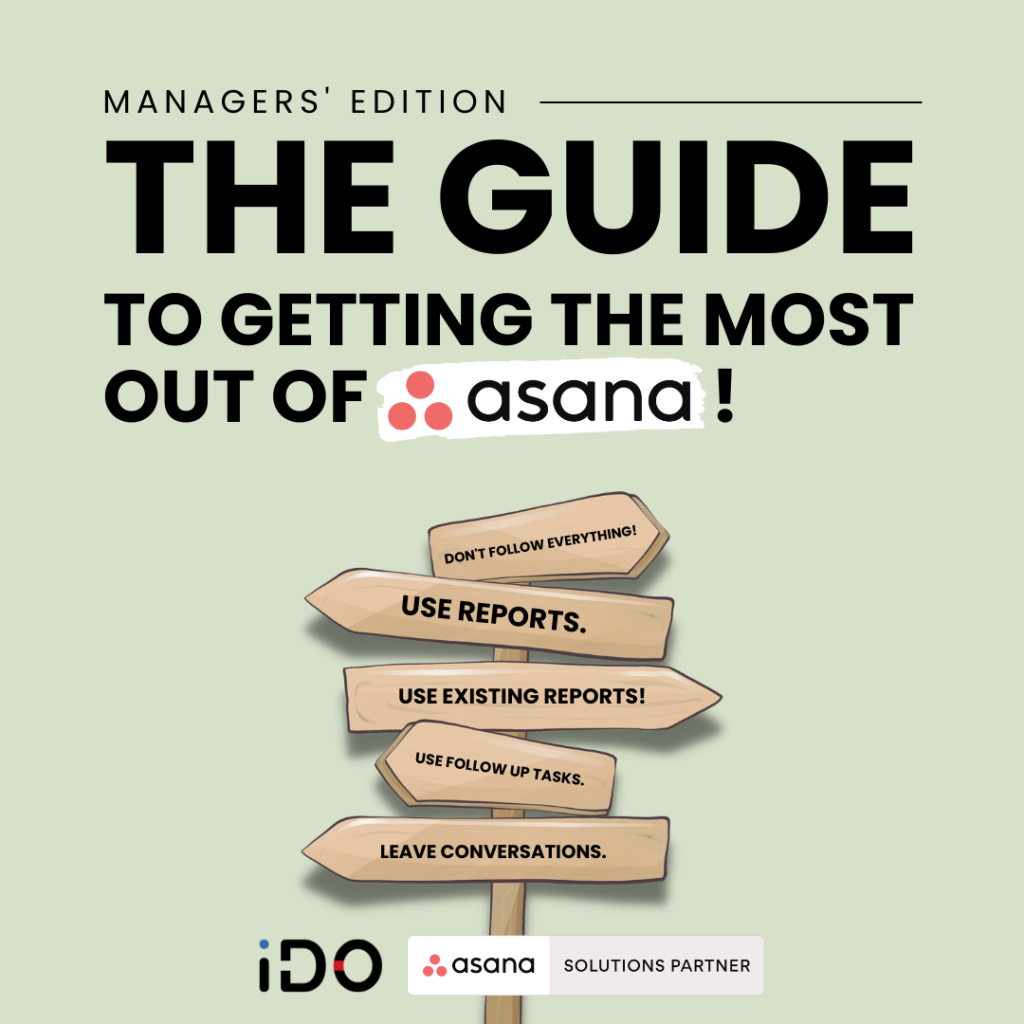In my consultations on Asana, I frequently come across a recurring issue that affects productivity and organization like overusing subtasks in Asana. Many users, particularly in real estate companies like Sunshine Real Estate, manage multiple properties using Asana.
They often create a board view with all the properties, each represented by a card containing numerous subtasks that outline the steps of the sales process.
However, this approach leads to challenges in tracking progress and limits the functionality of subtasks. In this article, I will discuss the pitfalls of relying heavily on subtasks and propose a more effective alternative.
The Limitations of Subtasks
1. Lack of Visibility and Tracking
With a board view full of properties and their associated subtasks, it becomes challenging to track the status of each property at a glance. Subtasks don’t provide a clear overview of progress or indicate where a property stands in the sales pipeline.
2. Reporting and Integration Constraints
Subtasks don’t integrate seamlessly with Asana’s reporting features, project dashboards, or timeline views. If you want to generate comprehensive reports or gain insights from project data, subtasks may hinder your ability to do so effectively.
3. User Experience and Navigation
Working with subtasks can be cumbersome. The subtask interface is confined to a small area on the right side of the screen, making it inconvenient to access and manage tasks. Constantly opening and closing subtasks disrupts workflow and hampers productivity.
A Better Approach: Creating Projects
To overcome the limitations associated with excessive subtask usage, I recommend creating projects for each property, book, client, or any distinct entity you’re working on. Here’s how you can implement this approach:
1. Create a Property Template
Design a template that outlines the necessary steps and stages of the sales process. Include sections, filters, sorting options, and custom fields relevant to your workflow.
2. Generate Projects from Templates
Whenever you need to work on a specific property, create a new project using the template. Customize the project by providing a name, assigning team members, and utilizing the full range of Asana features.
3. Maintain Overview and Link Projects
Return to the property list view and remove the excessive subtasks. Instead, create a direct link to the corresponding project within each property card. This way, you have a clear overview of all properties while retaining the ability to access and manage each project individually.
Benefits of the Project-based Approach
1. Enhanced Visibility and Control
By organizing properties as individual projects, you can easily track progress, apply filters, and view the status of each property at a glance. Projects offer a comprehensive overview and empower you to manage tasks efficiently.
2. Utilize Asana’s Full Potential
Working within projects allows you to leverage Asana’s robust features, including sections, custom fields, project dashboards, and timeline views. You can access all the tools you need without being confined to the limitations of subtasks.
3. Improved Searchability and Efficiency
With numerous projects, searching for specific properties becomes effortless. By using proper naming conventions and utilizing the search functionality, you can locate properties within seconds, eliminating the need to scroll through a long list.
Conclusion: Recognize the Limitations of Subtasks
While the temptation to rely heavily on subtasks may be strong, it’s important to recognize the limitations and inefficiencies of overusing subtasks in Asana. By embracing the project-based method outlined above, you can achieve better visibility, flexibility, and efficiency in managing your properties or any other entities. Embrace the full potential of Asana by leveraging projects, and you’ll experience improved productivity and a smoother workflow.
Let us know your thoughts and experiences in the comments. While it may require a shift in your Asana organization, I’m confident that you’ll find it.
Unlock the full potential of your Asana licenses with the help of iDO. Enjoy all our additional benefits: unlimited support, expert content, live Q&A sessions, and much more. Click here to learn more about it!








